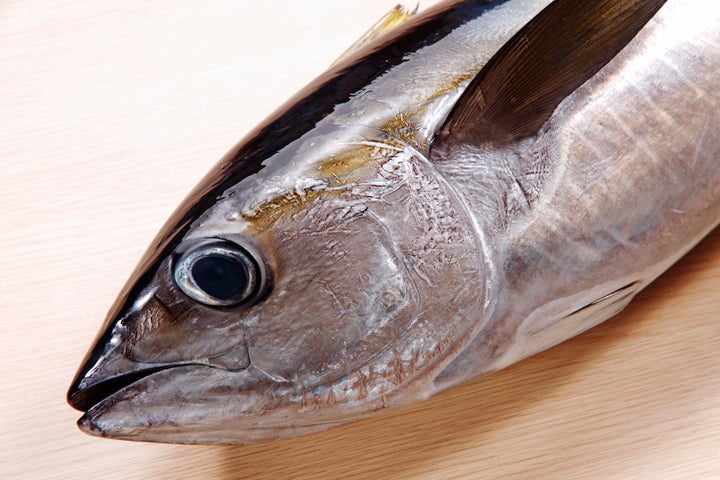
Canned tuna is not a product generally synonymous with innovation. The grocery store staple has in fact been relatively motionless in terms of progressive development since the dolphin-safe revolution in the early nineties. It seems that this is beginning to change as more and more tuna brands and retailers are throwing their weight behind a movement promoting a more sustainable and responsible tuna industry.
We have already seen major shifts in other parts of the world, most notably the UK, where every major retailer and tuna brand has now pledged to transition to less destructive fishing methods. The methods receiving the most support are pole-and-line, where fishermen actually use individual poles and hooks to catch tuna and FAD-free purse seining, where large nets are drawn around free-swimming schools of tuna. The benefits of both of these capture methods are that they are far less destructive to the oceans ecosystems themselves.
A FAD (fish aggregating device) is a floating object that serves to attract nearby marine life. When a net is set around a FAD, it ensnares not just its target tuna, but many other types of animals as well. In fact, it is estimated that ten to fifteen times as many sharks, rays, juvenile fish, and other animals are killed when these vessels use FADs as compared to when they do not.
The transition to a better way of fishing is thankfully not limited to just the UK market. US retail titan Safeway announced on February 10, 2012, that it was transitioning to 100% FAD-free tuna for its entire own-brand "Safeway Select" line of light tuna. Safeway sells about 4.5 million cans of this type of tuna every year -- if you were to take these cans and stack them one-by-one on top one of another, you would build a tower of tuna about ninety miles high.
Greenpeace, where I serve as a Board Chair, has been running a campaign targeting Chicken of the Sea, a tuna company that is heavily dependent on FAD use, for several months now. While Chicken of the Sea continues to deny the problem, it is becoming more difficult for the company and others like it to hide from the reality of what is happening to our oceans.
Safeway is the first major US supermarket to make this change, but will almost certainly not be the last. Already rumblings from within the retail sector indicate that others may soon follow, either towards FAD-free product or to pole-and-line. Either way, it is a change that has come not a minute too soon -- there is no denying that our oceans are in grave peril, and the conventional tuna industry now must make a choice: fish more sustainably, or lose market share to those who do.